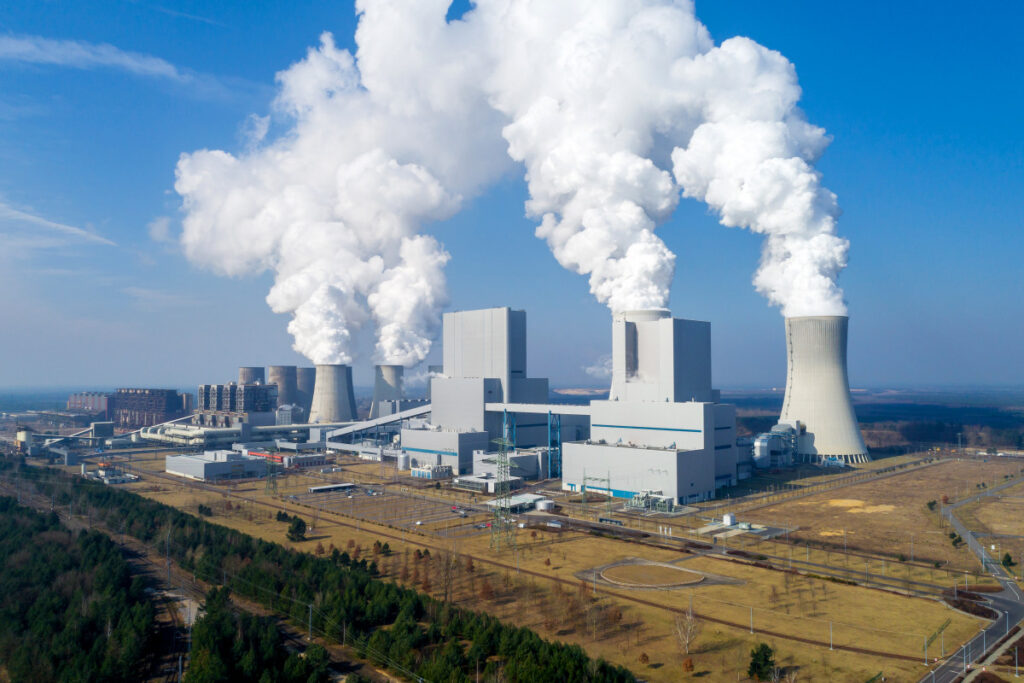Solar displacing Coal in India’s electricity market
India’s per capita electricity consumption is 1/3rd of the world average, and with the “Make in India” initiative it is likely to make a three-fold jump in electricity demand in the next 10 to 15 years. There is an extraordinarily rapid growth in demand for coal in India. The coal market share rose from 72 percent to 74 percent of India’s electricity and is expected to grow at the fastest pace in at least 38 years. Globally coal power rose by nine percent in 2021 to 10,042 TWh a new all-time high and 2 percent above the previous record set earlier. It was the biggest percentage rise on record since at least 1985.

India’s coal-based power rose by 125TWh (11 percent) in 2021, setting a new record by beating the previous best of 2018 of 4 percent. The government has asked state-run Coal India Ltd. to aggregate and import coal for blending purposes by all power generation companies. These low coal stocks at power plants are related to several factors such as heightened power demand due to the boom in the economy post-COVID-19, the early arrival of summer, a rise in the price of gas and imported coal, and a sharp fall in electricity generation by coastal thermal power plants etc.
Electricity only forms 20% of total global energy consumption, and increased electrification
will see the renewable energy sector play an increasingly significant part of the global investment horizon coming out of this economic downturn – even more so in India given the still unsustainable reliance on fossil fuel imports, with all the associated energy security risks and current account headwinds.
India, as the world’s third-largest electricity market with an ambition to build 450 gigawatts (GW) of renewable energy by 2030, is well-positioned to be a leading driver of growth in investment in solar power generation infrastructure globally. Surging supply from renewables will go some way towards mitigating India’s coal shortage amid extraordinarily rapid growth in demand, which has forced the country to reopen mines and return to importing the fuel.
India, the world’s third-largest greenhouse gas emitter, is 37% short of its target for end-2022 green electricity capacity. Because demand peaks during the daytime, higher generation from solar, India’s main renewable energy source, is particularly important for easing the strain on an aging fleet of coal-fired power stations. It also conserves coal for night-time generation and reduces pressure on the rail network. With the proper policy, regulatory and financial support the MOEF target of 40 GW RTS can be fulfilled within a year thus a beginning can be made at de-carbonization and minimizing such power crises.
On one side, the increase/sustained use of coal will deteriorate the environment, causing more heat waves, and natural disasters. Otherwise, we will have to experience a massive peak shortage in the absence of meticulous planning and timely implementation. There is a need for substantial capacity addition through Roof Top Solar (RTS) at all consumption points, addressing the peak demand and public safety power shutoffs.
Unlocking India’s renewable energy potential has immense long-term economic and energy security benefits for the country.
